The Huawei P9 proved to be a really good smartphone in our review. It has a capable processor, a very well-designed body, and a surprisingly good camera: its Leica-certified camera was definitely not just a gimmick.
Because we were rather impressed by the Huawei P9, we wanted to see how the device would perform as a standalone camera. As the adage goes, the best camera is the one you have with you, so, we did just that: we took the P9 to a bazaar, a high rise building, and many other places to put its camera to the test.
Before we get to the images, we’d like to stress on a few things. These images were not edited in any way, and were taken straight from the Huawei P9. As a real-world comparison, the camera was set to shoot at its default settings as well, so practically anyone can take the same images under the same set of circumstances.
Now that we’ve got that out of the way, sit back and enjoy these images we took with the Huawei P9 – you can click on the images to view them in full resolution.
In low-light conditions, the P9 can be a capable shooter, and these shots from around KLCC left us wanting to test it out more.
The P9 has a feature called Light Painting, which is long-exposure photography made easier. You get to see a live preview of the light trail as the photo is being shot, and you don’t even need to tweak anything in the camera settings. Just tap to start shooting, and tap the shutter again to stop – super easy. Just make sure you hold the camera steady.
There’s also Aperture Mode, which can simulate really, really shallow depth of field for beautiful bokeh shots when you need it.
Next, we tried out the exclusive feature on the P9: the Monochrome mode, which engages only one of the two camera sensors. Perhaps it’s because of the fact that there is less processing power involved, but I really enjoyed shooting in this mode: the camera feels more agile and quick, and shutter speeds feel noticeably faster when shooting in black and white. Here’s one of my favourite shots:
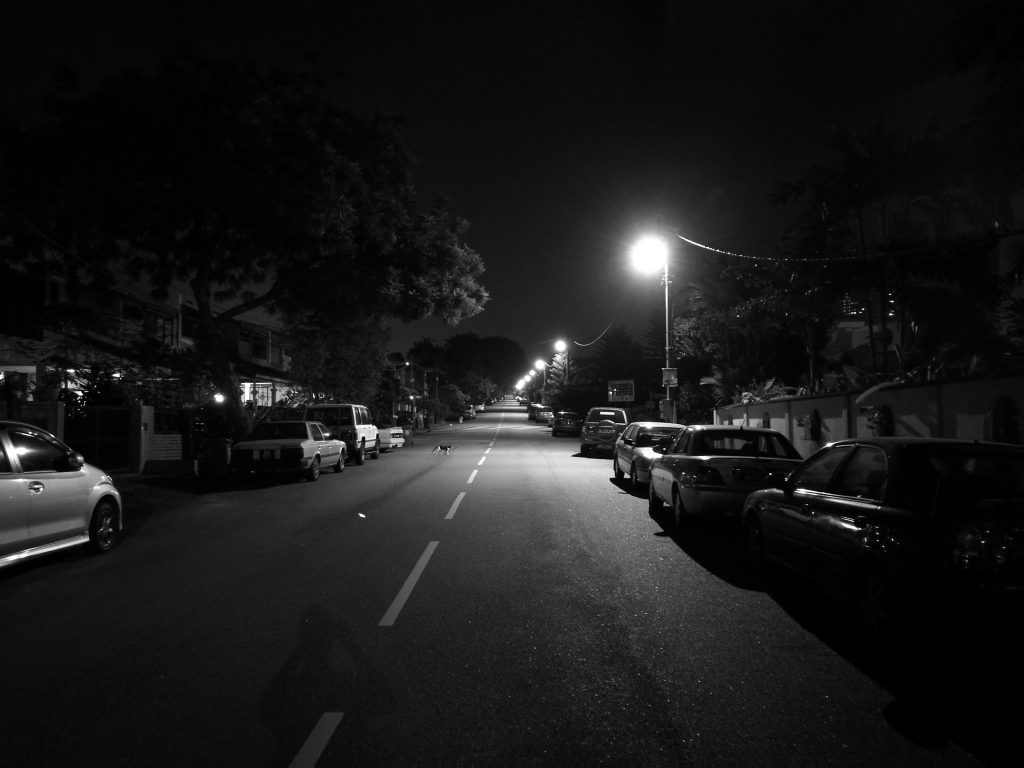
———————————————
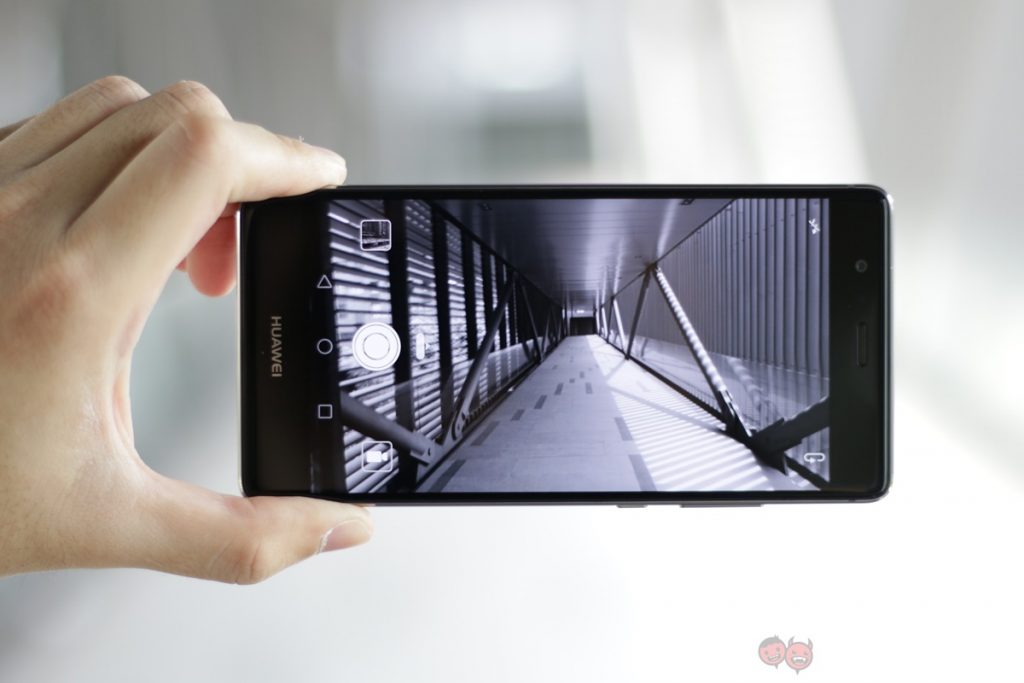
So far, the Huawei P9 has proven to be pleasant to use as a camera. The camera app opens quickly, the software is responsive, and generally I had a good time with it. That said, there are some limitations with the camera hardware: the lack of optical image stabilisation makes it a challenge to get a good shot in poor lighting conditions.
On the other hand, the P9 really shines when there are scenes with plenty of colour. The colours pop in visually pleasing ways, without being too saturated. Detail preservation isn’t too bad either:
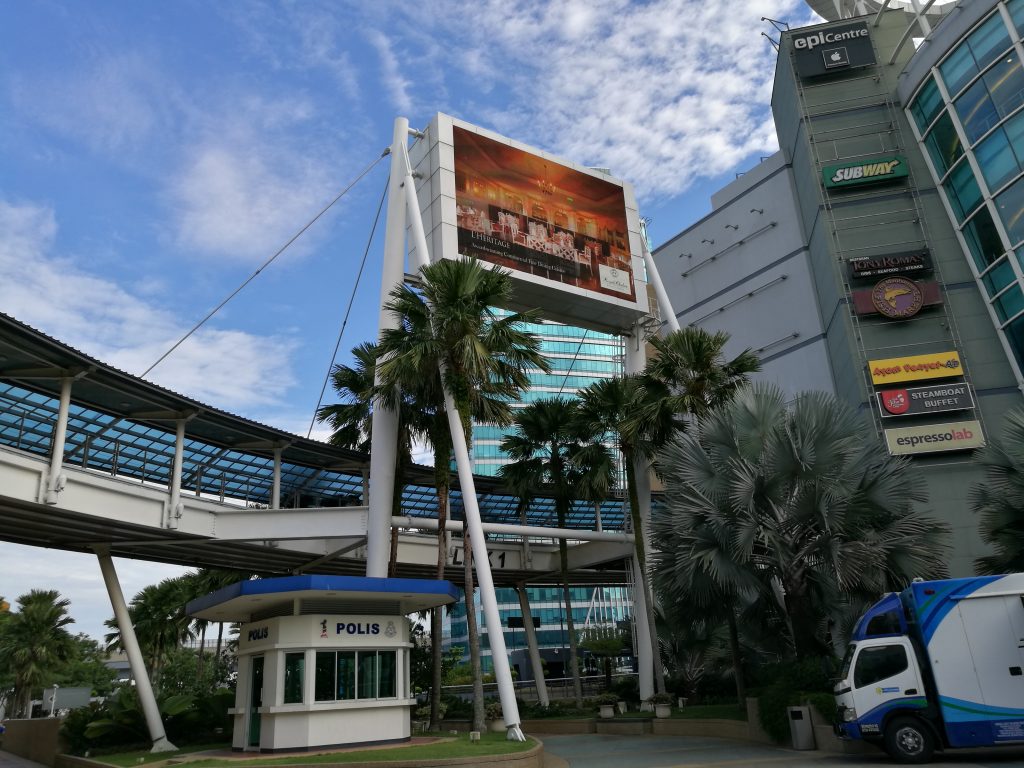

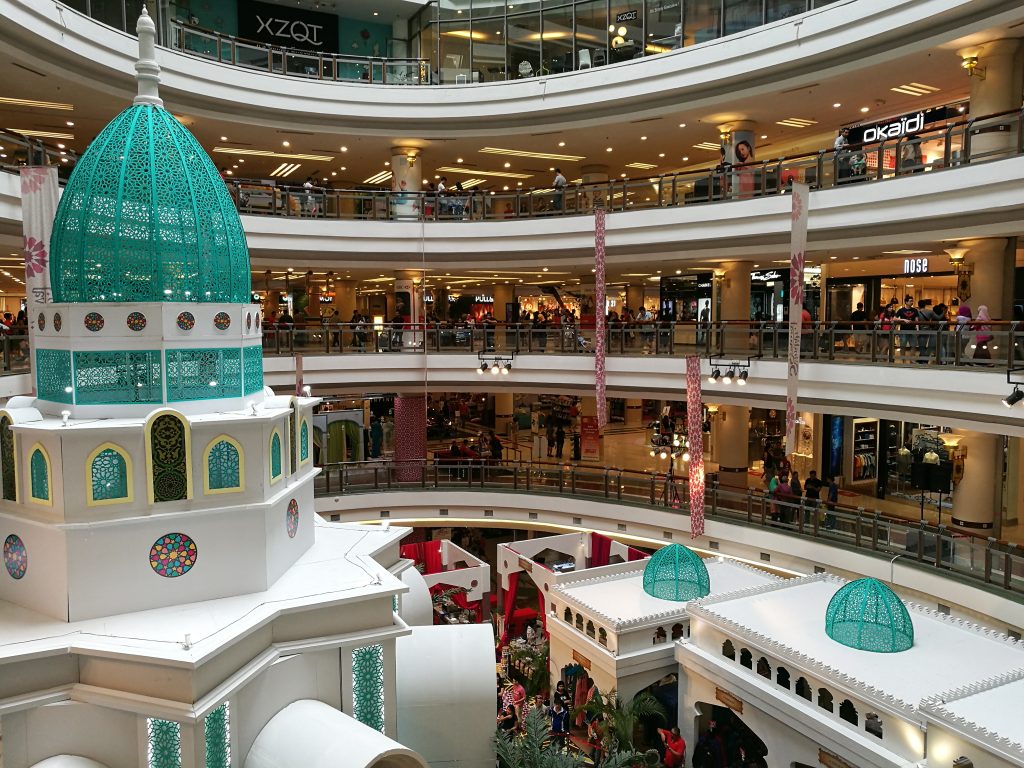
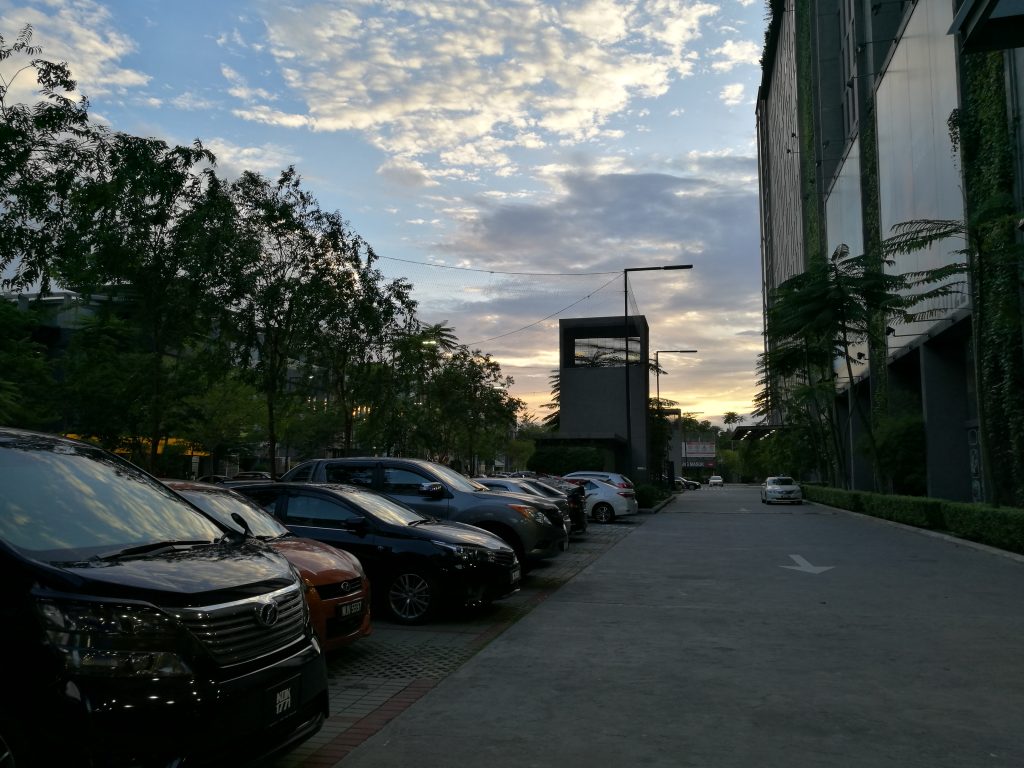
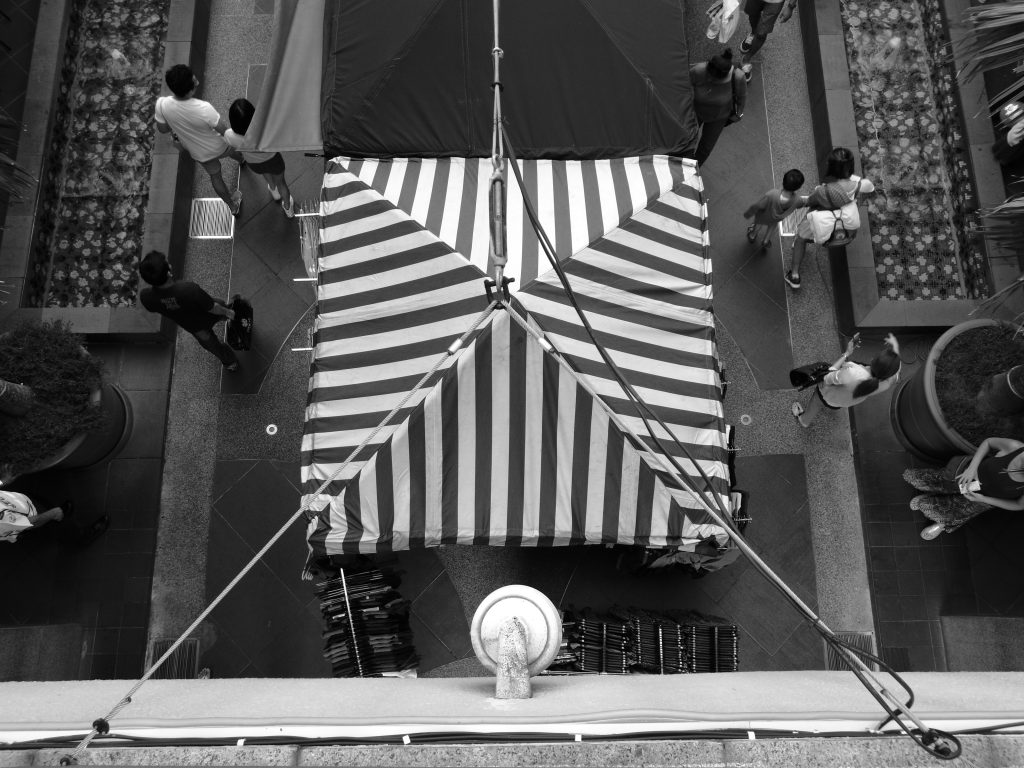
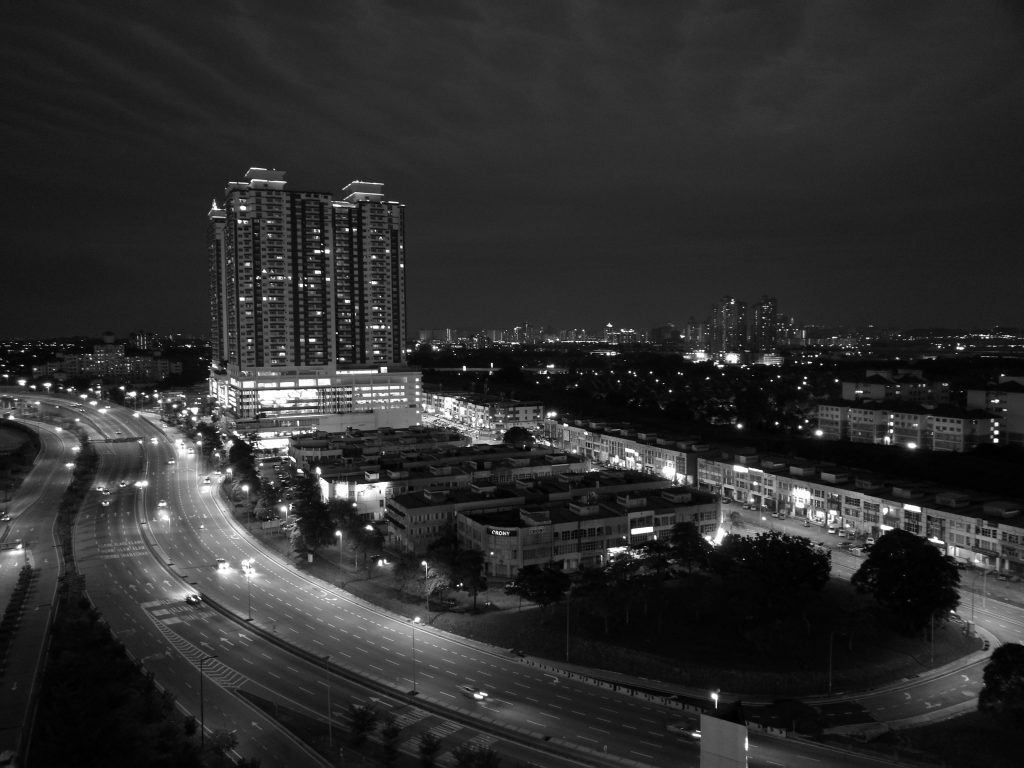 Monochrome mode can yield interesting results when you shoot at dusk, in the last rays of the sun.
Monochrome mode can yield interesting results when you shoot at dusk, in the last rays of the sun.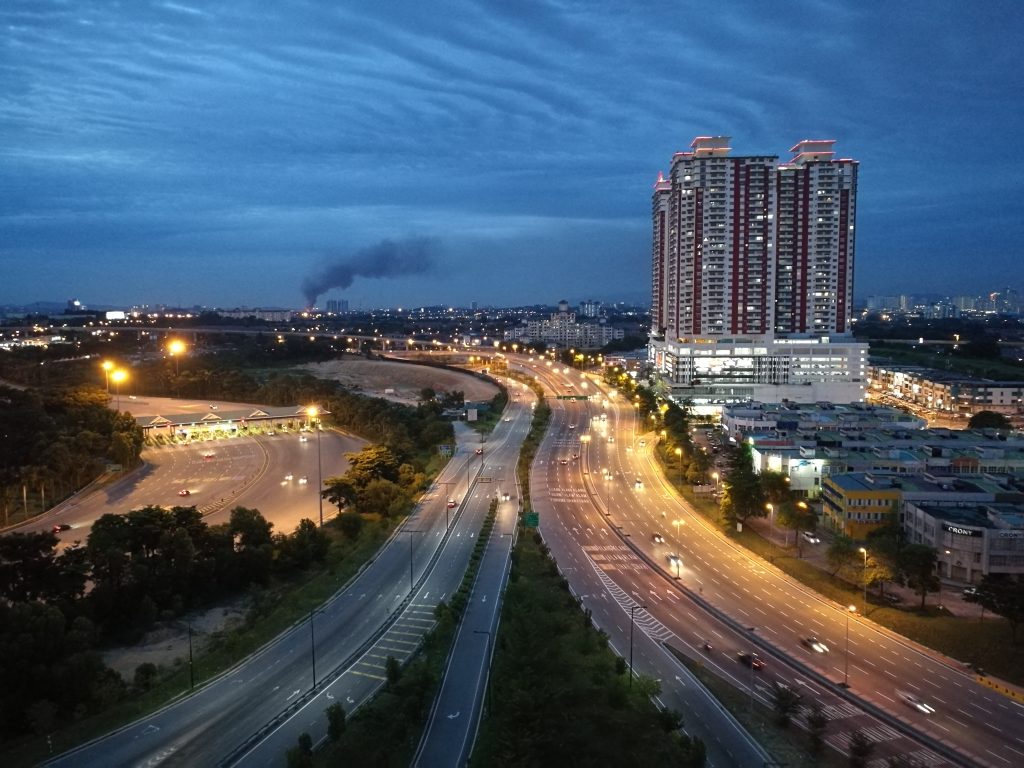
After several days shooting intensively and exclusively on the Huawei P9, we can conclude that this is easily the best smartphone camera Huawei has released. It performs with great composure in various lighting conditions, though if there is one aspect that would have made the camera better, it’d be the addition of optical image stabilisation.
I’ve always believed that a smartphone camera is the best camera one can have, simply because it is so accessible. Looking back at these images, the Huawei P9 performed admirably as a camera; even more so when we consider the fact that it’s a RM2,099 smartphone.
———————
It’s crazy how good smartphone cameras have gotten over the past few years. If the Huawei P9 is the first of more products to come out of Huawei and Leica’s partnership, I can’t wait to see what the company will unveil next.

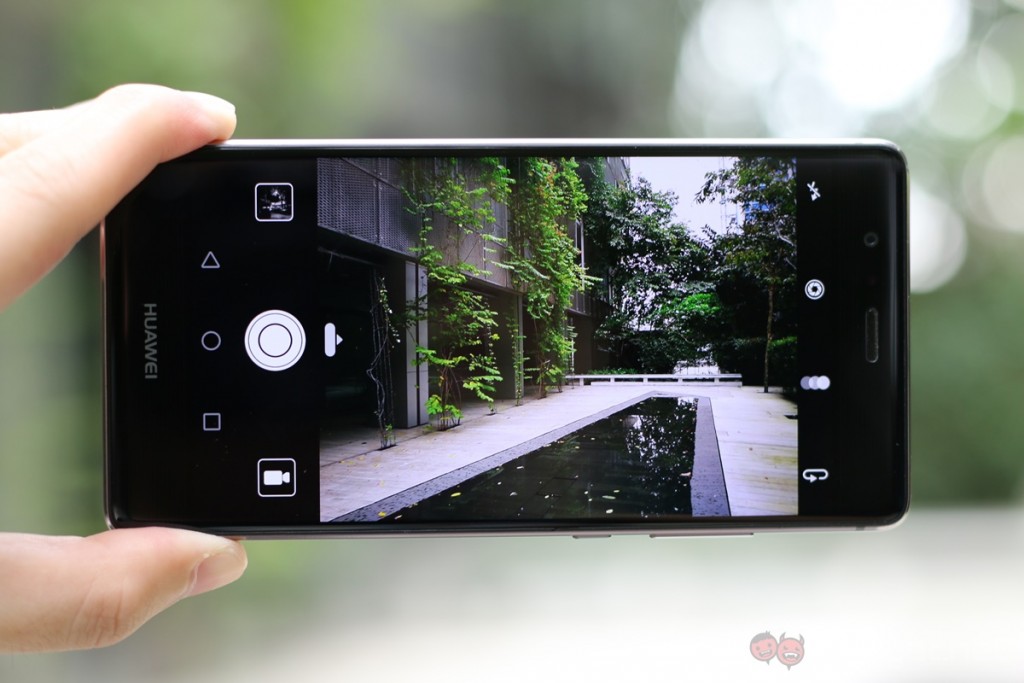
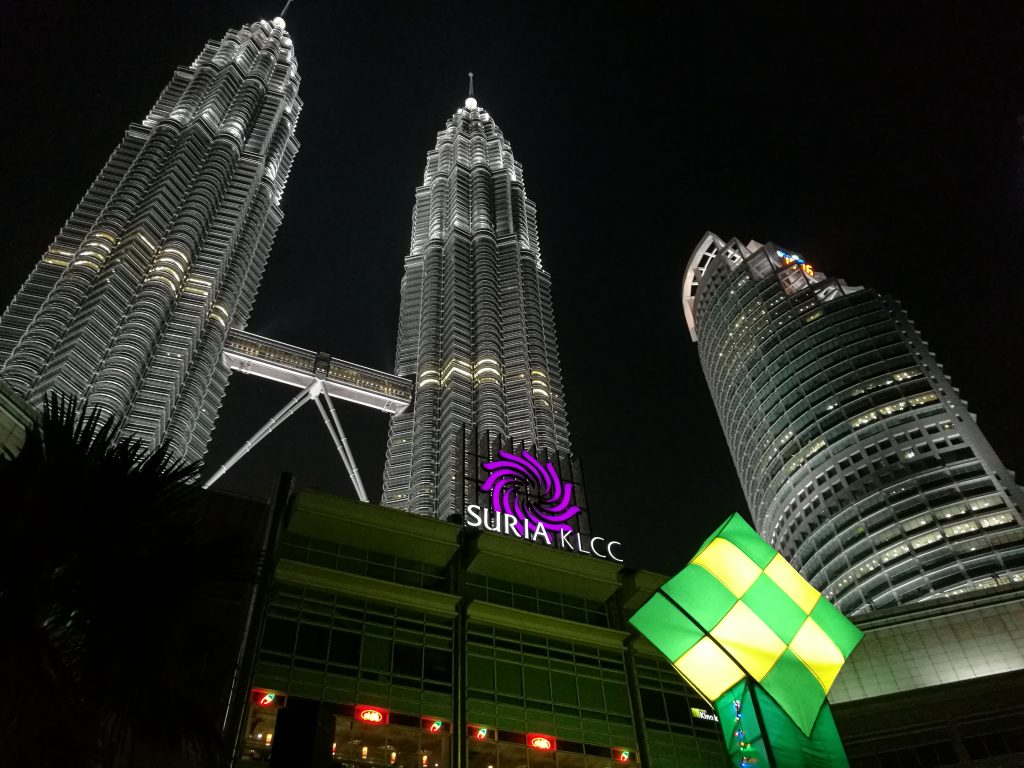
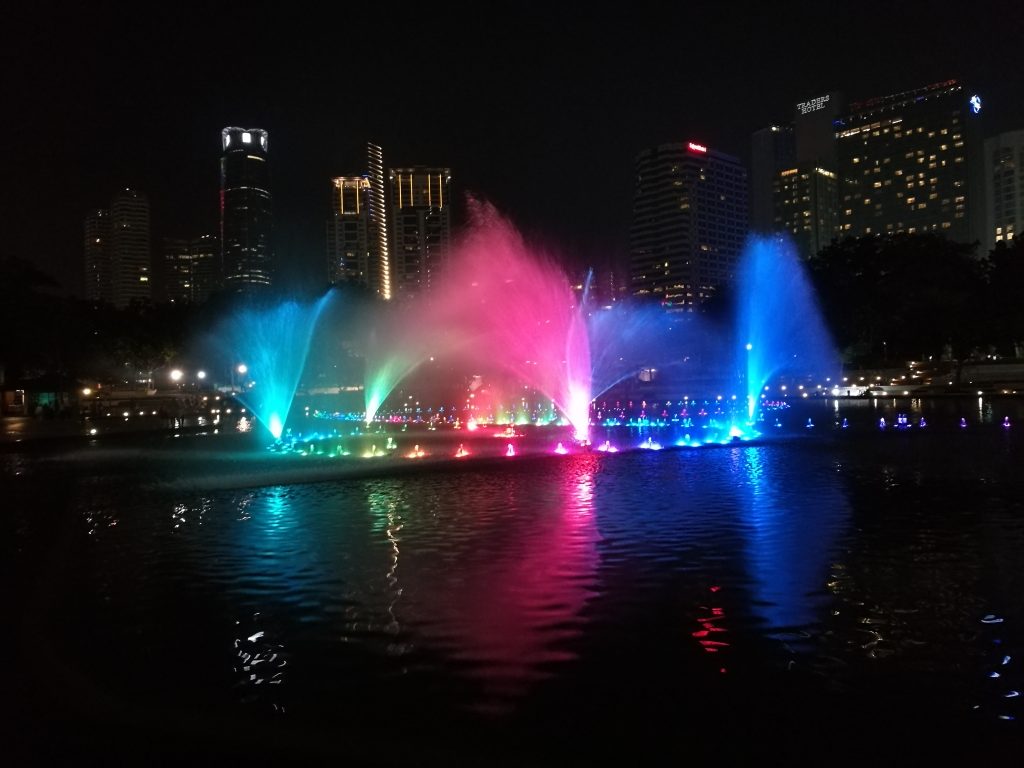
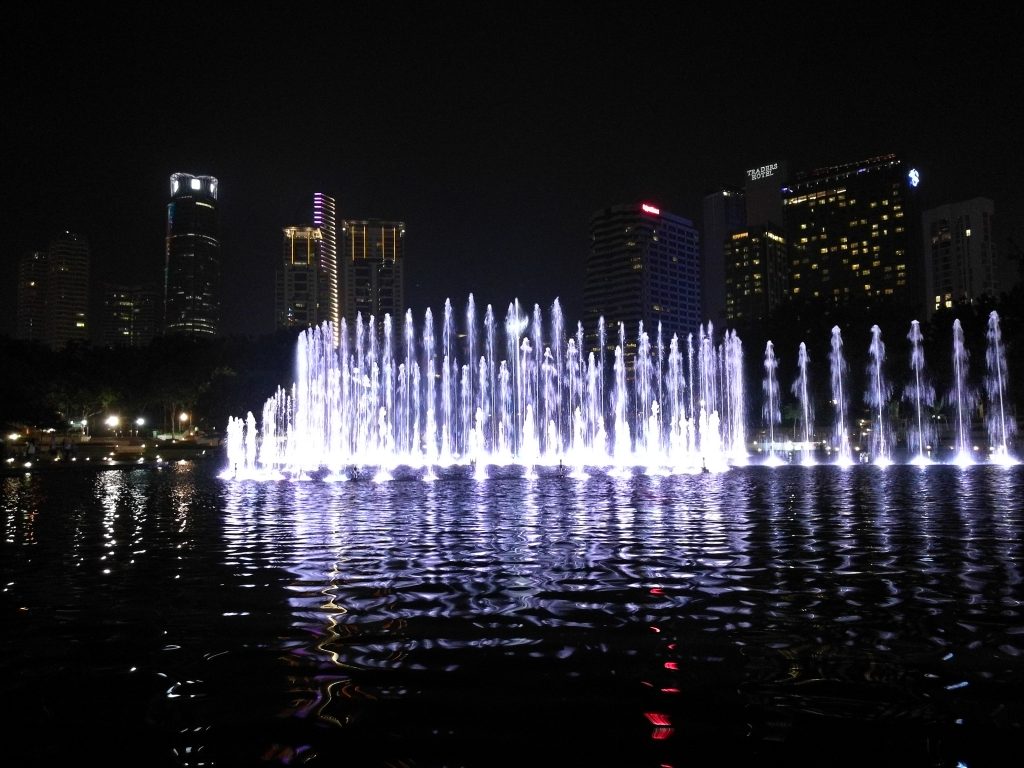
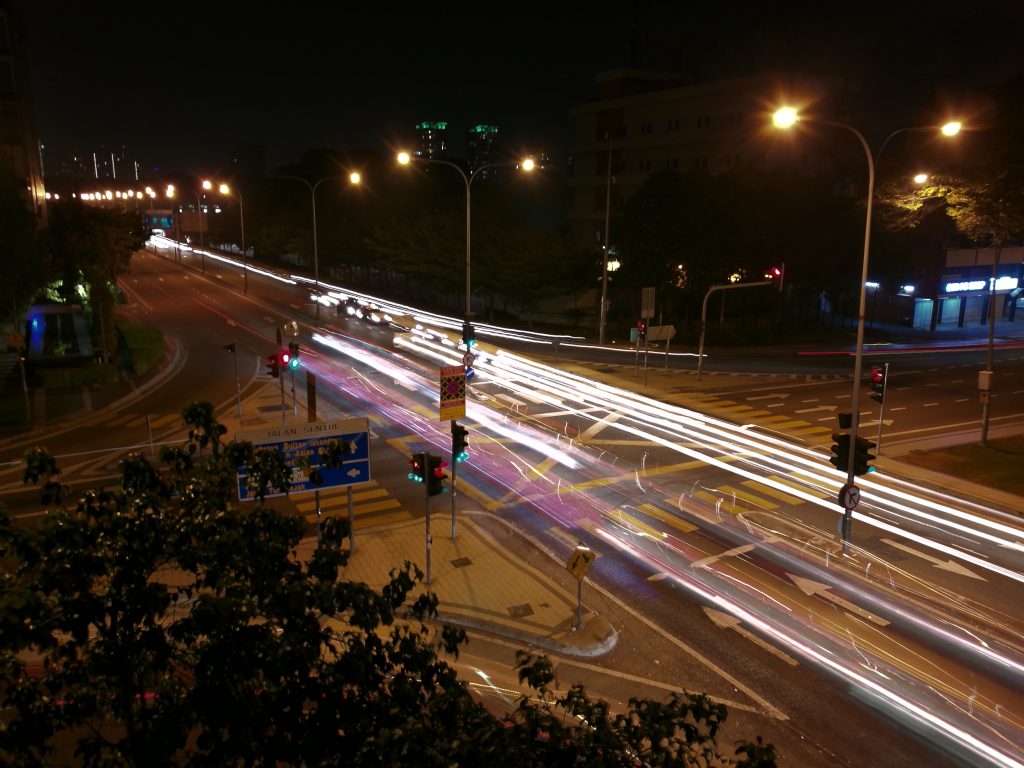
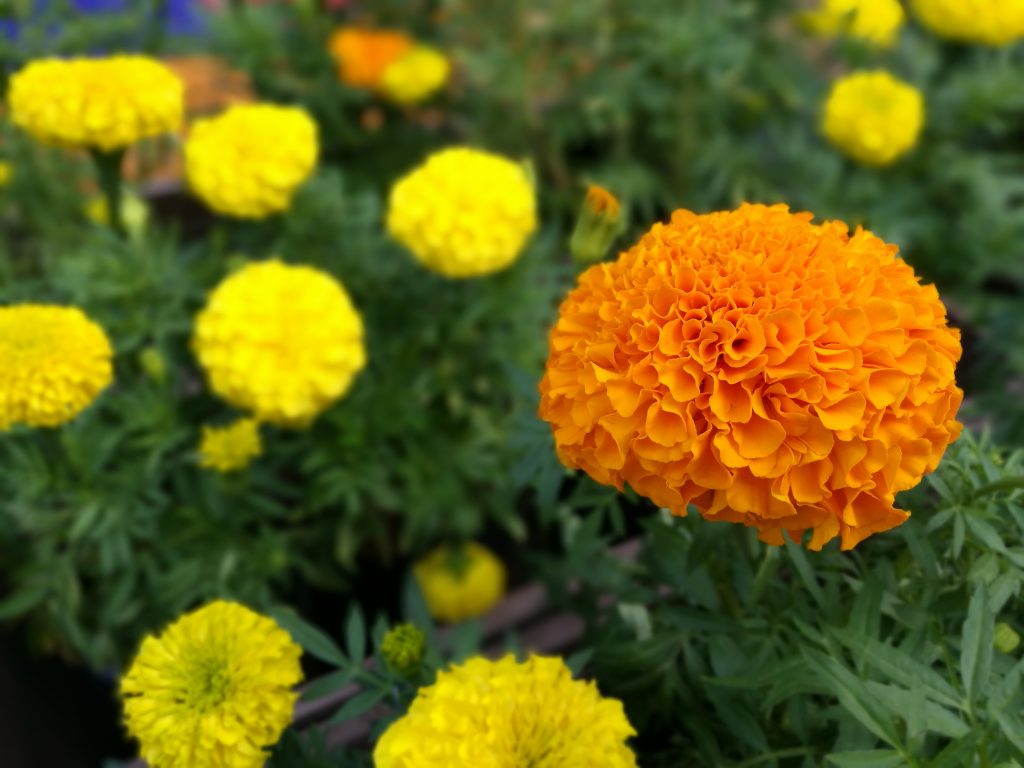
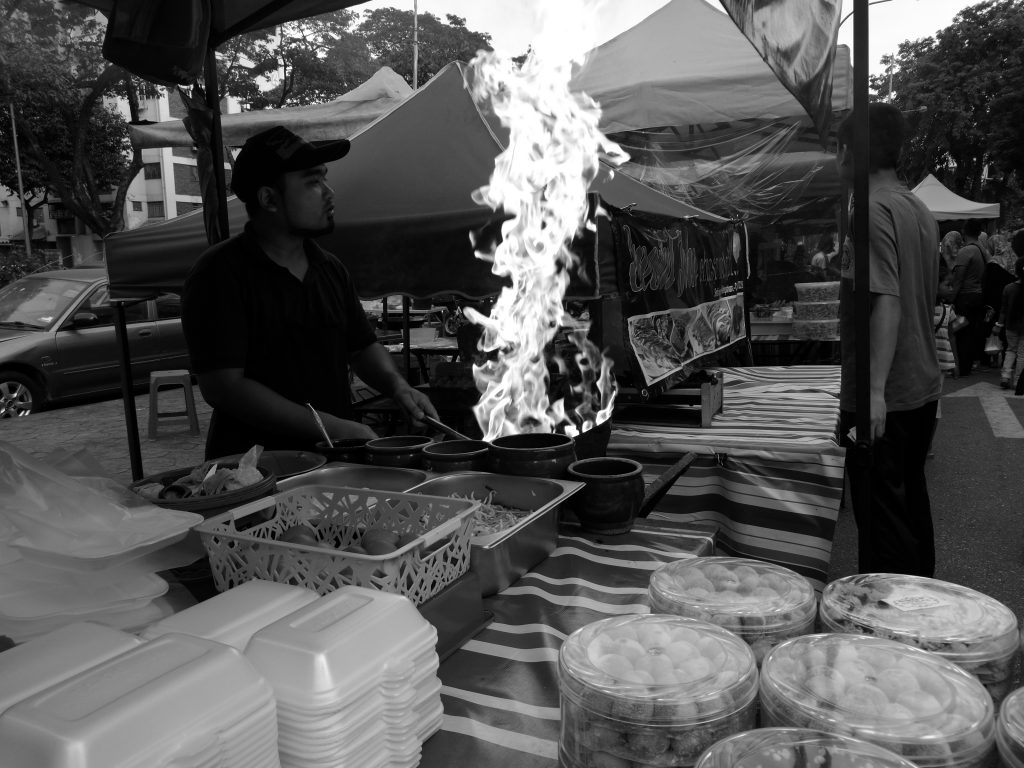
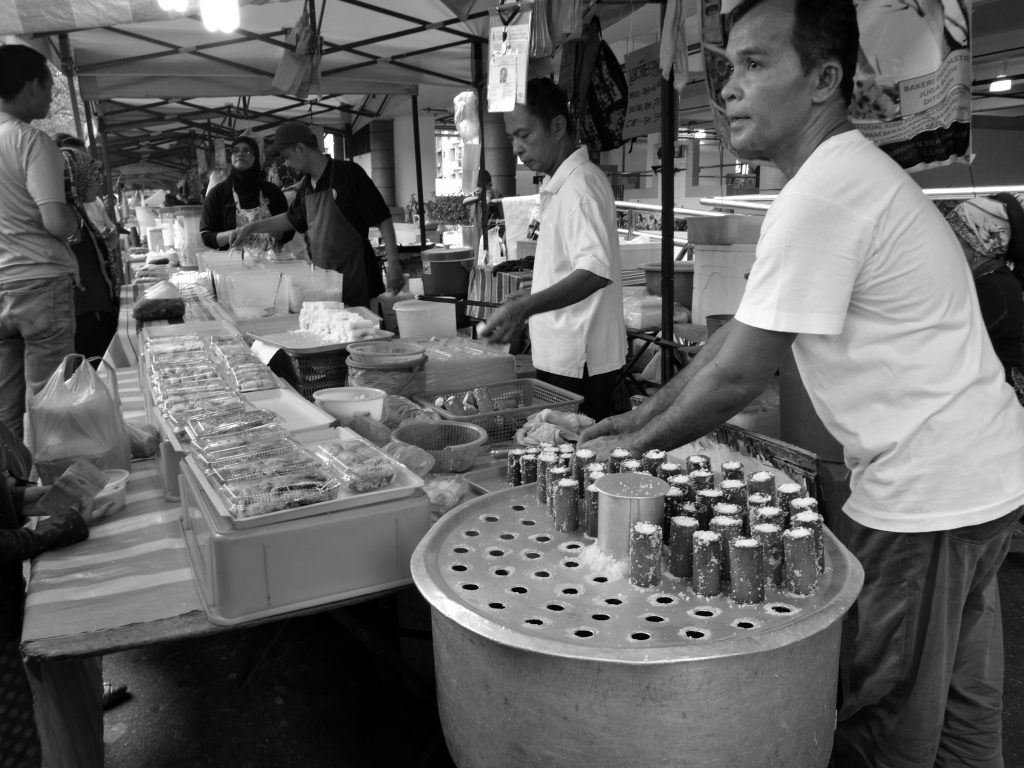
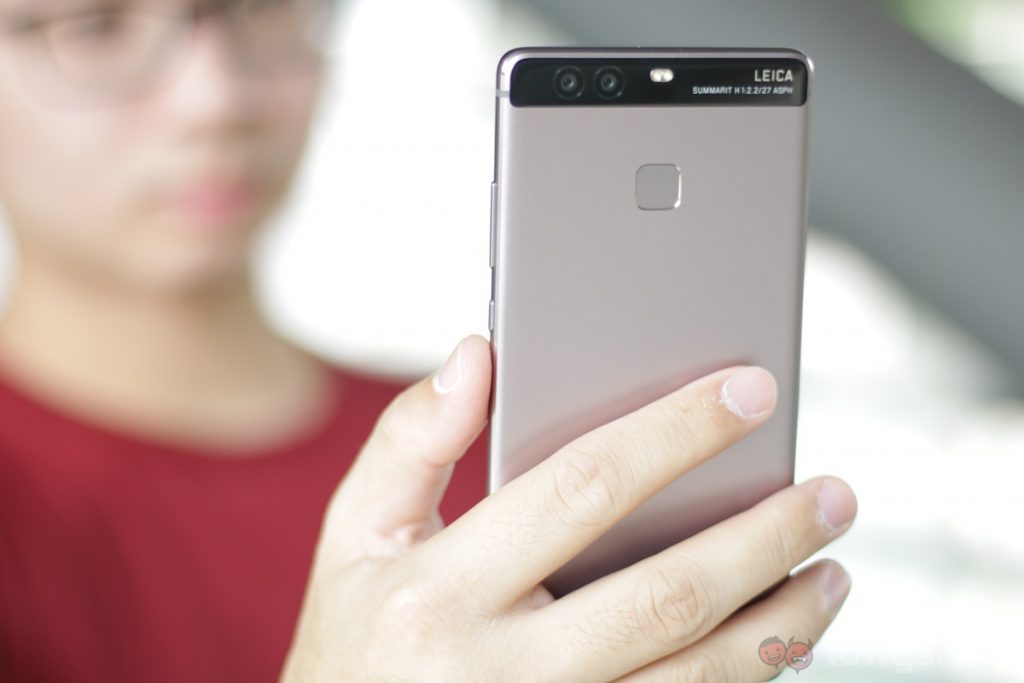
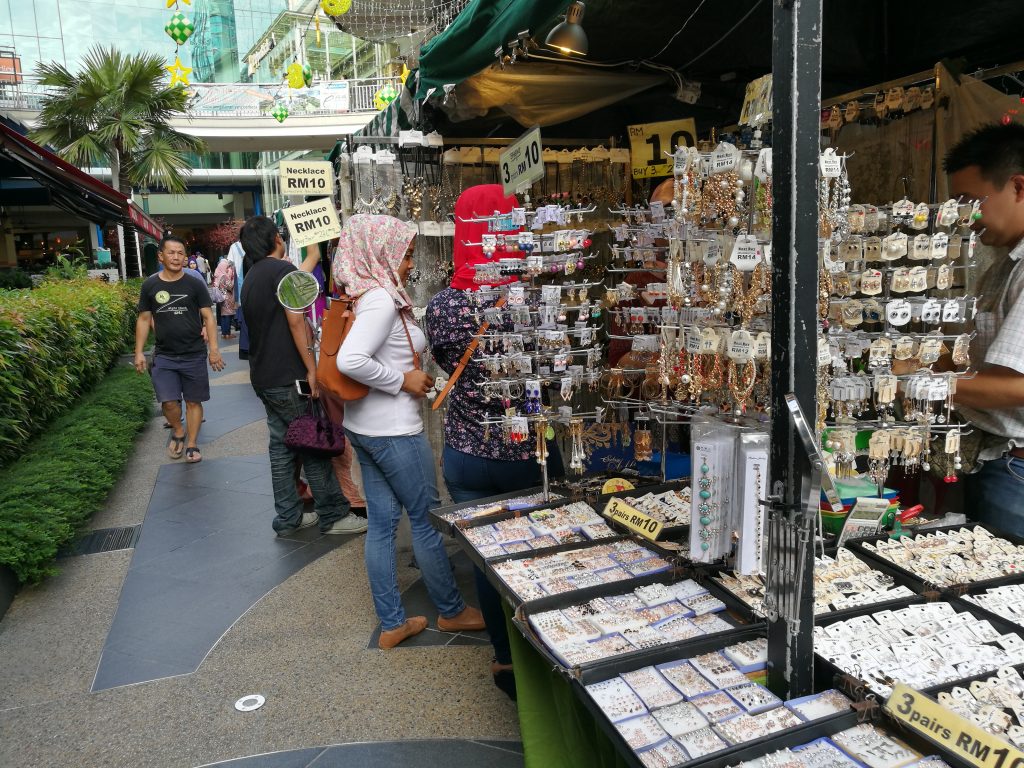
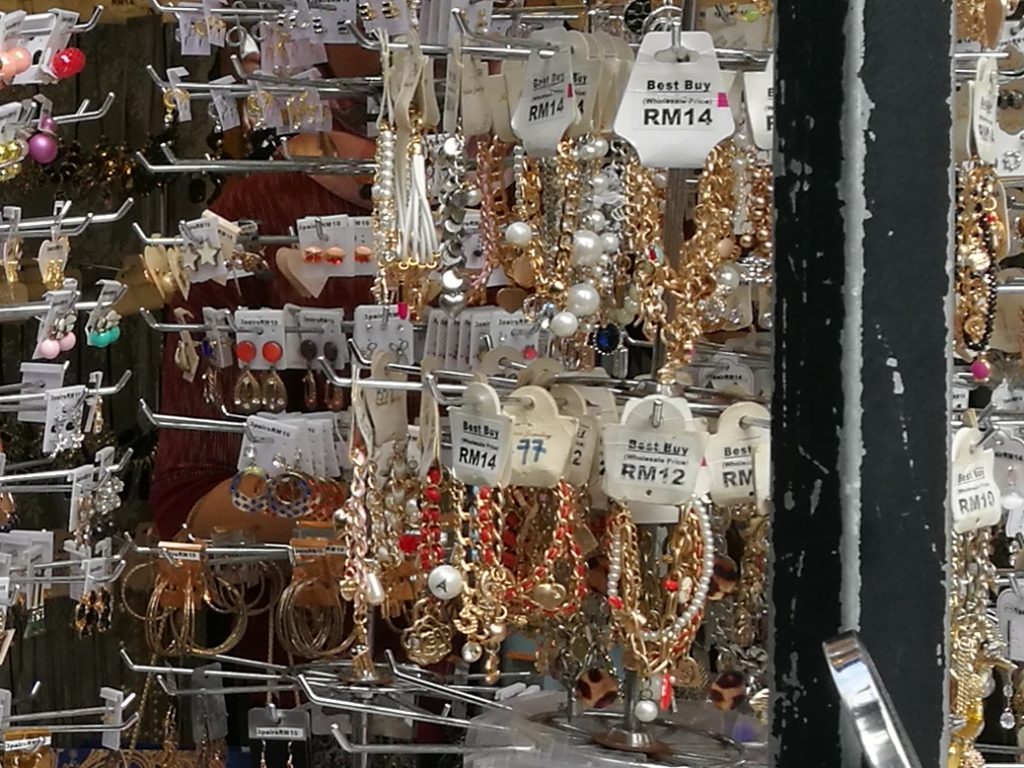
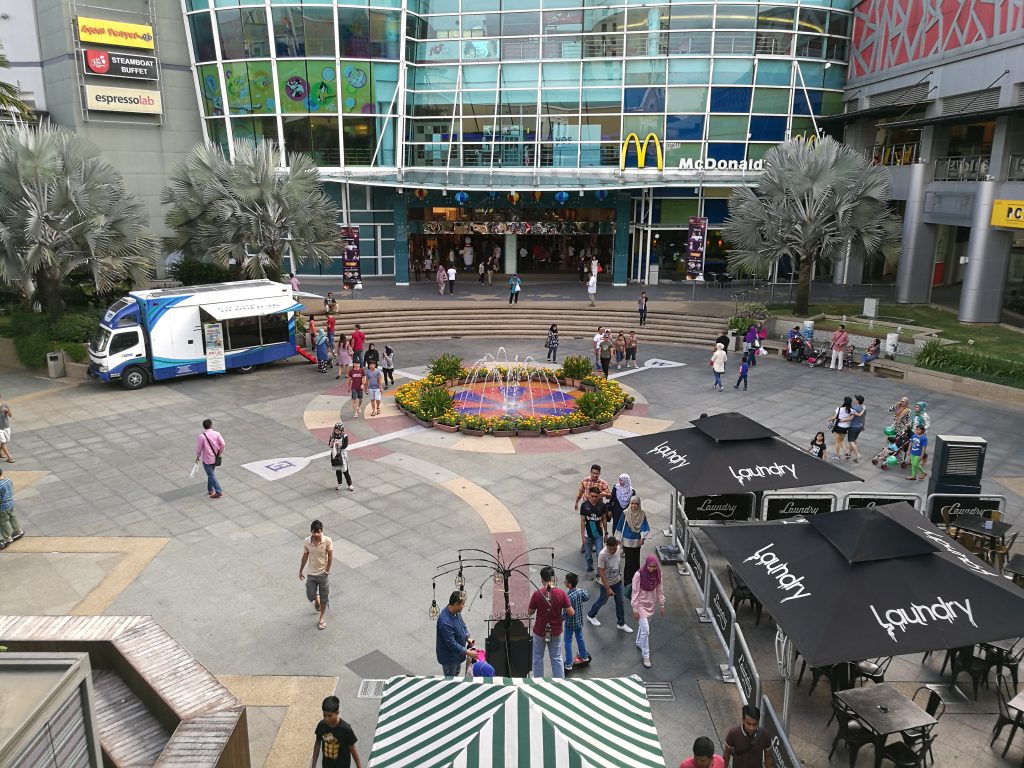
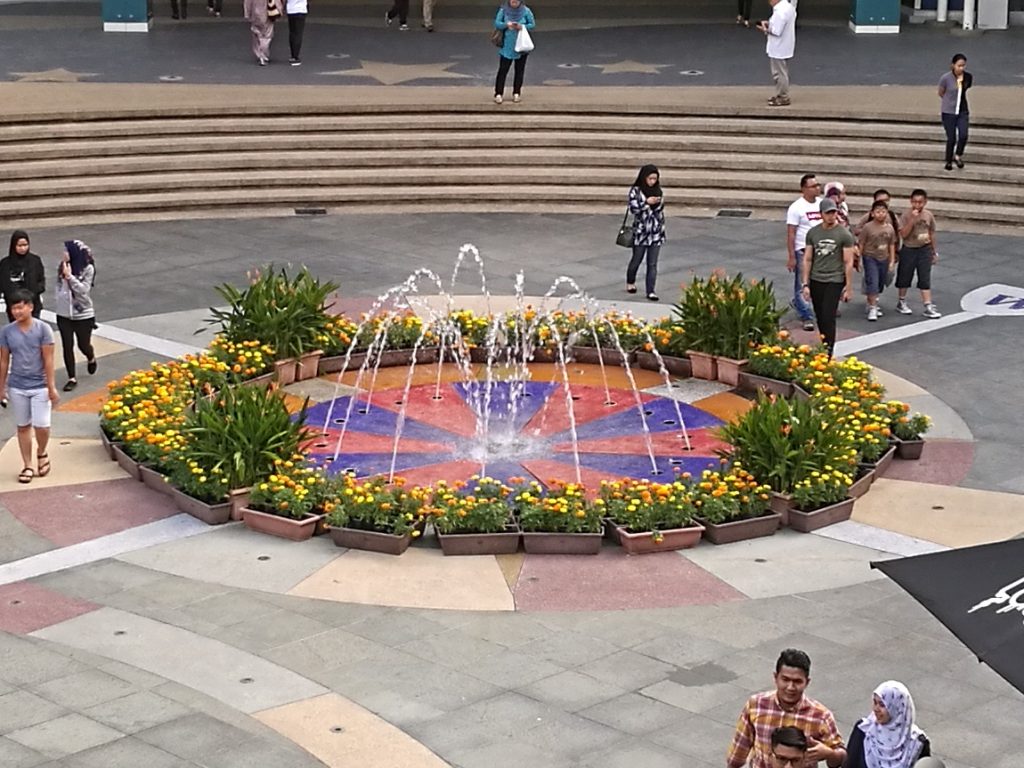
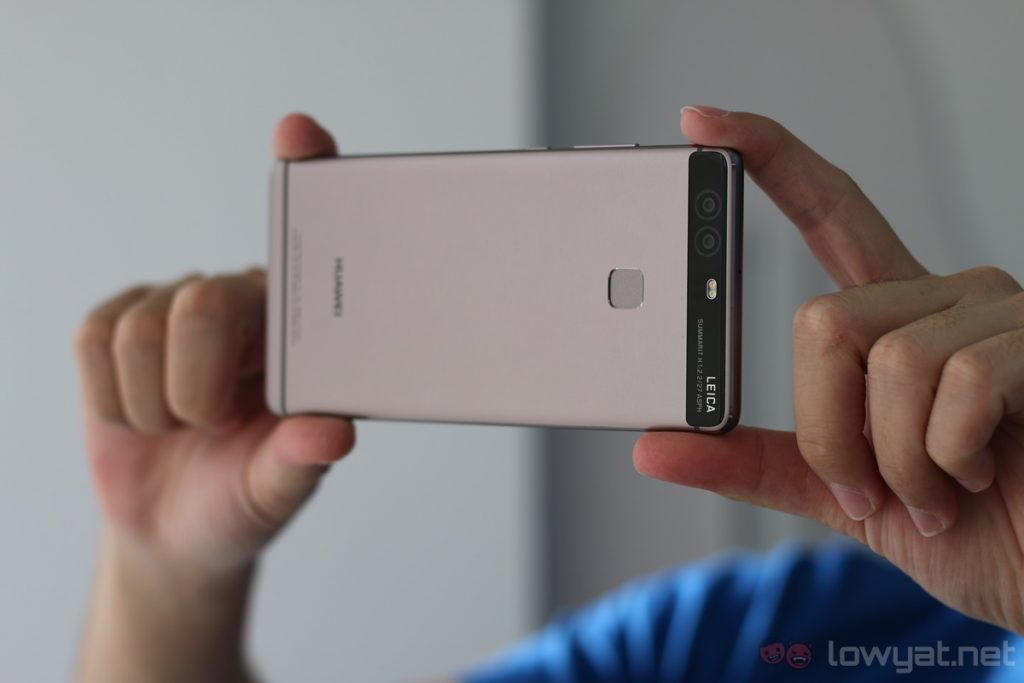
No comments:
Post a Comment